At TSMC 2018 Silcon Valley Technology Symposium, Dr Kevin Zhang, TSMC VP of Business Development covered technology updates for IoT platform. The three growth drivers in this segment namely TSMC low power, RF enhancement and embedded memory technology (MRAM/RRAM) reinforced both progress and growth in global semiconductor… Read More
 imec on the Benefits of ASICs and How to Seize ThemIn an era where product differentiation increasingly depends…Read More
imec on the Benefits of ASICs and How to Seize ThemIn an era where product differentiation increasingly depends…Read More MZ Technologies Launches Advanced Packaging Design Video SeriesIn a significant move aimed at empowering semiconductor…Read More
MZ Technologies Launches Advanced Packaging Design Video SeriesIn a significant move aimed at empowering semiconductor…Read More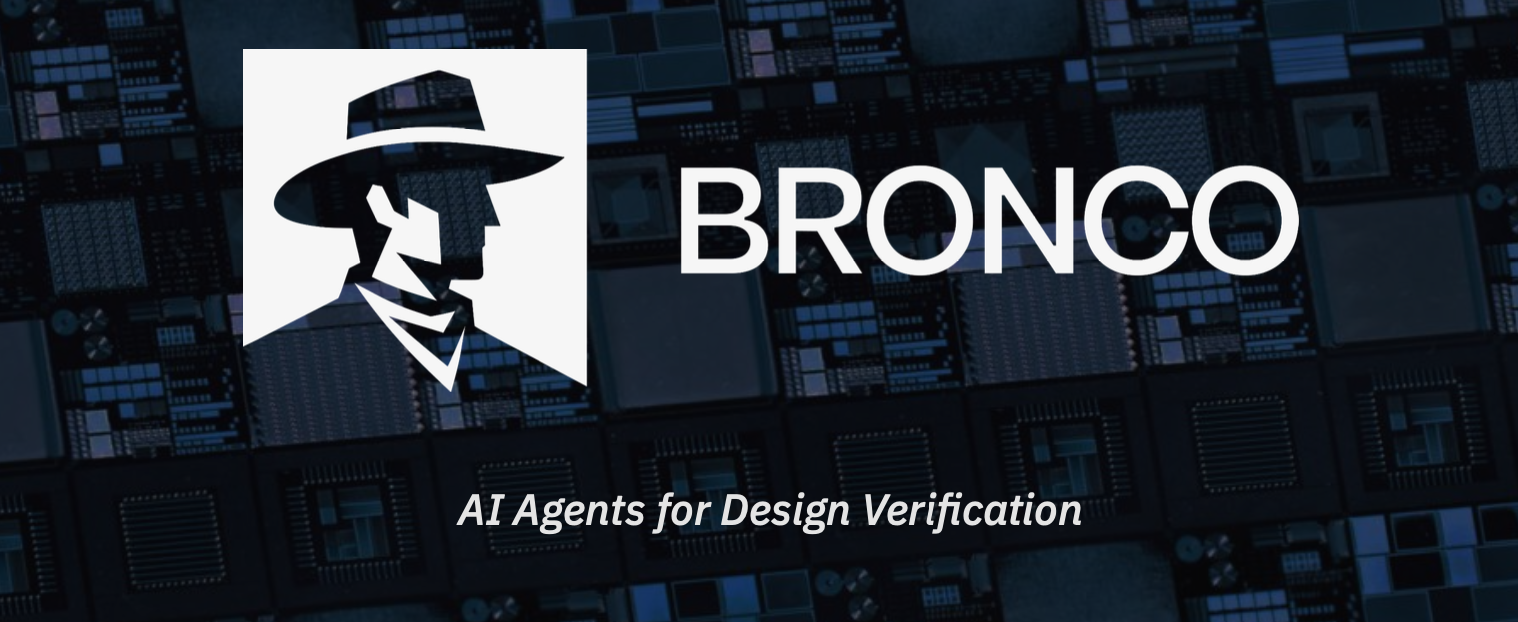 Superhuman AI for Design Verification, Delivered at ScaleThere is a new breed of EDA emerging.…Read More
Superhuman AI for Design Verification, Delivered at ScaleThere is a new breed of EDA emerging.…Read More The Quantum Threat: Why Industrial Control Systems Must Be Ready and How PQShield Is Leading the DefenseIndustrial control systems (ICS) underpin the world’s most…Read More
The Quantum Threat: Why Industrial Control Systems Must Be Ready and How PQShield Is Leading the DefenseIndustrial control systems (ICS) underpin the world’s most…Read MoreWebinar: Thermal and Reliability for ADAS and Autonomy
OK, so maybe the picture here is a little over the top, but thermal and reliability considerations in automotive in general and in ADAS and autonomy in particular, are no joke. Overheating, thermal-induced EM and warping at the board-level, in the package or interposers, are concerns in any environment but especially when you’re… Read More
Machine Learning Drives Transformation of Semiconductor Design
Machine learning is transforming how information processing works and what it can accomplish. The push to design hardware and networks to support machine learning applications is affecting every aspect of the semiconductor industry. In a video recently published by Synopsys, Navraj Nandra, Sr. Director of Marketing, takes… Read More
Is there anything in VLSI layout other than “pushing polygons”? (9)
I moved from real layout work to management so I had little or no “hands-on” layout in my responsibility but I was very close to my team challenges in all 5 locations. During my 13 years in PMC Sierra I was involved in many initiatives some technical and some in developing relations with vendors. The biggest difference was that MOSAID… Read More
Don’t Balkanize Automotive Safety
The Wall Street Journal reported, last week, that auto makers are lining up on opposite sides of the talking cars debate. Some car makers – General Motors, Toyota and Volkswagen – are pushing Wi-Fi-based dedicated short range communication technology (DSRC) while others – Ford, Audi and BMW – are emphasizing 5G for the same application.… Read More
Worldwide Design IP Revenue Grew 12.4% in 2017
When starting SemiWiki we focused on three market segments: EDA, IP, and the Foundries. Founding SemiWiki bloggers Daniel Payne and Paul McLellan were popular EDA bloggers with their own sites and I blogged about the foundries so we were able to combine our blogs and hit the ground running. For IP I recruited Dr. Eric Esteve who had… Read More
TSMC Technologies for Mobile and HPC
During TSMC 2018 Technology Symposium, Dr. B.J. Woo, TSMC VP of Business Development presented market trends in the area of mobile applications and HPC computing as well as shared TSMC progress in making breakthrough efforts in the technology offerings to serve these two market segments.
Both 5G and AI are taking the center stage… Read More
Converter Circuit Optimization Gets Powerful New Tool
DC converter circuit efficiency can have a big effect on the battery life of mobile devices. It also can affect power efficiency for wall-power operated circuits. Even before parasitics are factored in, converter circuit designers have a lot of issues to contend with. Optimizing circuit operation is essential for giving consumers… Read More
Semiconductor Specialization Drives New Industry Structure
When traveling the world there are the things that you see and the people that you meet. I have been very fortunate to meet some of the most amazing people and one of those people is Dr. Walden Rhines. Wally spent the first half of his career in semiconductors at TI and the second half in EDA with Mentor Graphics which gives him a cyborg … Read More
Low Power Verification Shifting Left
I normally think of shift left as a way to move functional verification earlier in design, to compress the overall design cycle. But it can also make sense in other contexts, one particularly important example being power intent verification.
If you know anything about power intent, you know that it affects pretty much all aspects… Read More


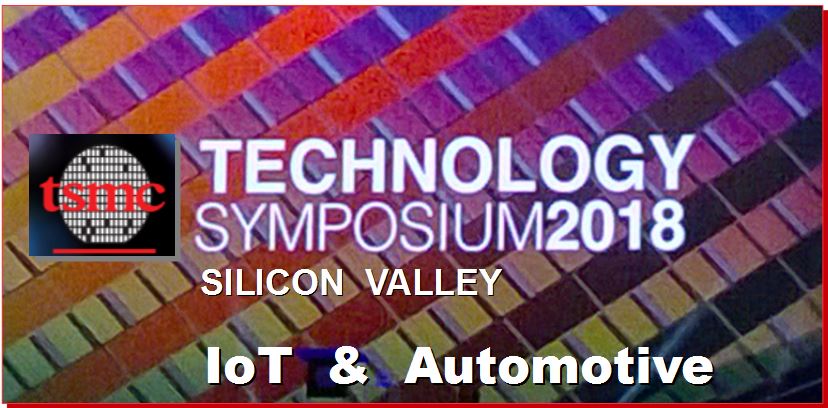
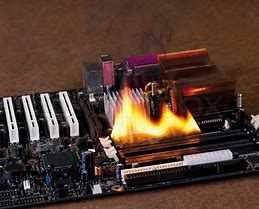



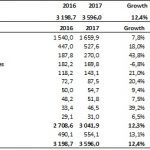
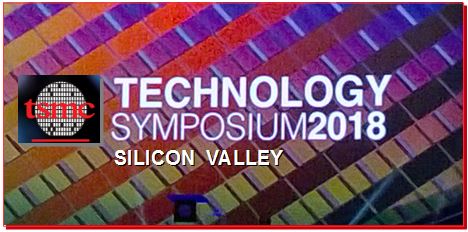
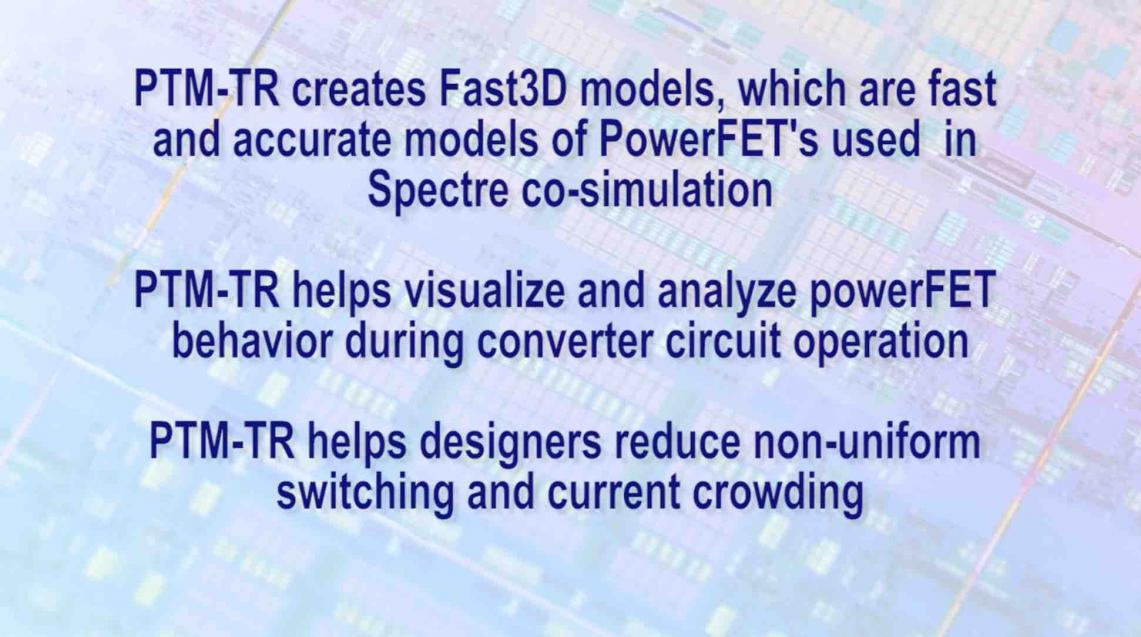

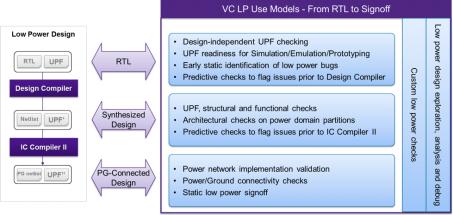
Quantum Computing Technologies and Challenges